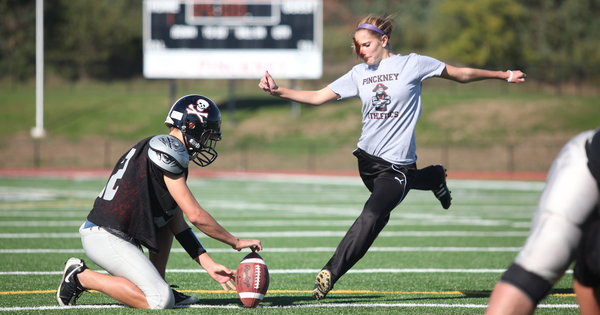
“Our study highlighted the success rate of return to play following shoulder stabilization surgery. Age, number of games before surgery, and career length were not statistically different between those that returned and those that did not,” said lead author, Matthew J. White, MD, from the American Sports Medicine Institute (ASMI) in Birmingham, AL.
Sixty NFL players who had undergone shoulder stabilization at ASMI were followed to determine the rate of return to play and what factors determined when and how players returned. Researchers performed chart review and analyzed follow-up data by accessing the NFL statistics database. Successful return to play was defined as returning to play in at least one regular season NFL game following surgery. Chi square and t-tests were also performed to examine differences between perioperative and athletic history variables and a player’s ability to return to play.
Ninety percent of players in the study were able to return. The average time for returning was 8.6 months. Eleven of the sixty patients underwent open stabilization. Ninety-two percent (45/49) were arthroscopically treated and eighty-two percent (9/11) of the openly treated athletes were able to return to play.
“It was also interesting to note, that players selected before the fourth round of the NFL draft were 7.6 times more likely to return to play following shoulder stabilization surgery. Additional investigation on shoulder function and outcome scores long-term would also be beneficial in this group of athletes to determine better standards of care,” said White.
The study done by American Orthopaedic Society for Sports Medicine (AOSSM).